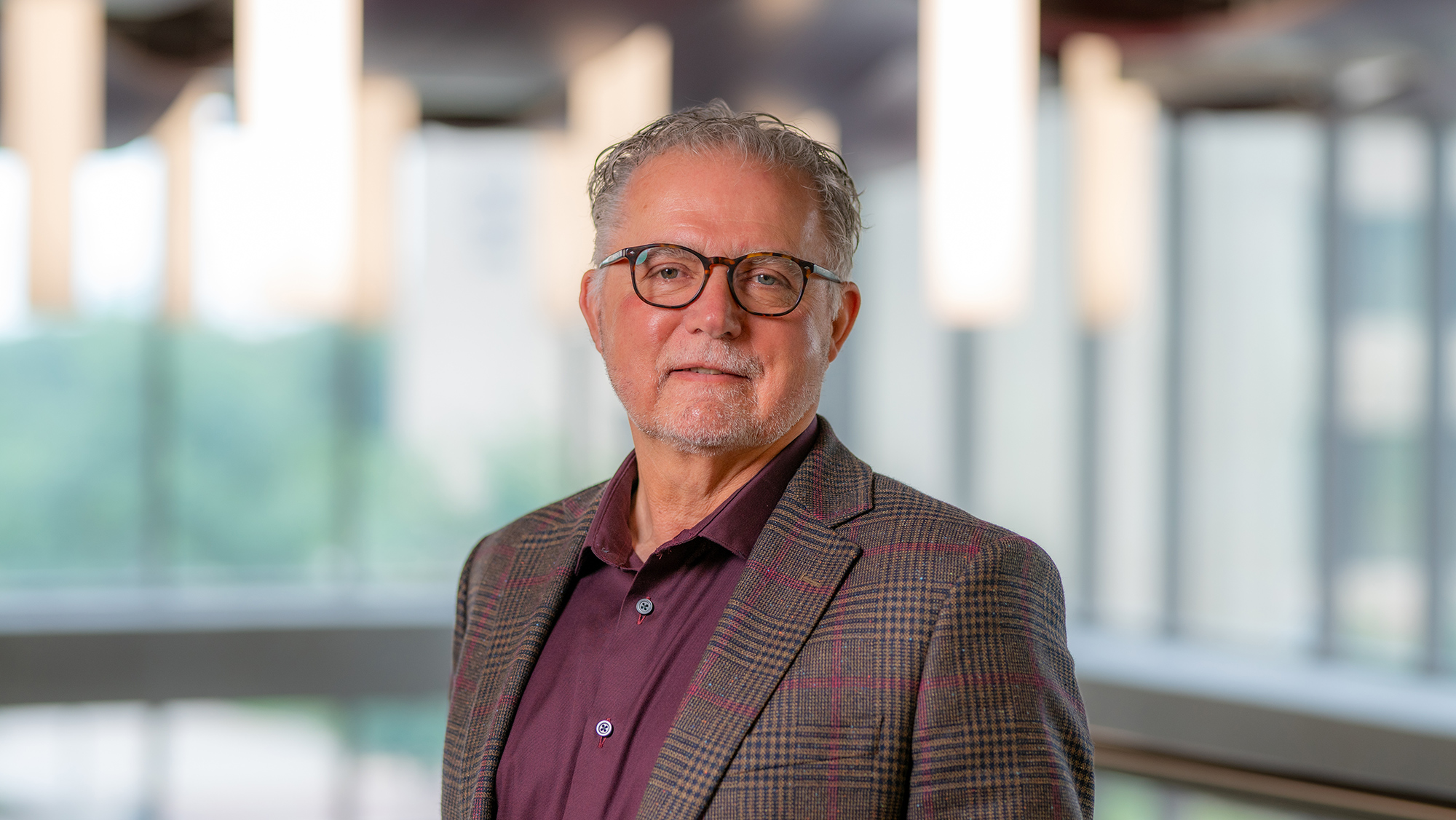
Regents voted today to name Dr. Robert H. Bishop — an Aggie, class of ’79 — as Vice Chancellor and Dean for Texas A&M Engineering.
Bishop is dean of the College of Engineering at The University of South Florida, where he founded a non-profit start-up awarded more than $100 million in Department of Defense contracts. Bishop also has extensive experience working with NASA. He will now lead one of the nation’s top-rated engineering colleges increasingly focused on both defense and space exploration.
“Robert Bishop has the entrepreneurial savvy and the academic bona fides to lead Texas A&M’s engineering program as we grow our relationships with both NASA and the Department of Defense,” said John Sharp, Chancellor of The Texas A&M University System. “The fact he’s an Aggie is not a surprise — Aggie engineering has a long history of creating innovative leaders with great accomplishments.”
Bishop was also named as sole finalist for director of the Texas A&M Engineering Experiment Station, a state research agency that solves problems through applied engineering research and development and collaboration with industry, government and academia.
Returning to Texas A&M to help build the future of this outstanding program is an opportunity I have worked toward all my life. I can’t wait to get started.
“Returning to Texas A&M to help build the future of this outstanding program is an opportunity I have worked toward all my life,” Bishop said. “I can’t wait to get started. From working with NASA to build the Texas A&M Space Institute, to working with the Department of Defense and the Army Futures Command to protect our nation, to finding and developing the brightest minds in Texas with our Engineering Academies, there is just so much potential here.”
Bishop was born near Aviano Air Base in Italy and grew up as a military dependent in Germany. He arrived at the Texas A&M Engineering College as an 18-year-old with a dream of working for NASA. With the help of his professors, Bishop’s dream came true — he later worked on NASA’s Autonomous Landing and Hazard Avoidance Technology project, which will inform all future space missions requiring precision landing.
As the first person in his family to finish college, Bishop depended heavily on scholarships as an undergraduate. But his intellect and drive quickly caught the attention of his professors. While at Texas A&M, Bishop was selected to be a co-operative engineering student at the NASA Johnson Space Center in Houston. Bishop graduated with both a bachelor’s and master’s degree in aerospace engineering from Texas A&M before earning his Ph.D. at Rice University in electrical and computer engineering.
Bishop went on to work at The Charles Stark Draper Laboratory, focusing on guidance and navigation systems and serving as an on-site resident at the NASA Johnson Space Center’s Mission Planning & Analysis Division.
In 1990, he became a faculty member at The University of Texas at Austin in the Department of Aerospace Engineering & Engineering Mechanics. He quickly rose through the ranks to hold an endowed position and department chair. Bishop then became the dean of engineering at Marquette University in 2010 and was selected to lead The University of South Florida’s college of engineering in 2014.
“It’s a great day for Texas A&M and the state of Texas,” said General (Ret.) Mark A. Welsh III, president of Texas A&M University. “Dr. Bishop has built an incredible career in both industry and academia, and we look forward to welcoming him home to inspire the next generation of Aggie engineers. I’m also excited to watch as he and our remarkable College of Engineering faculty advance innovative research to solve some of the world’s most pressing challenges.”